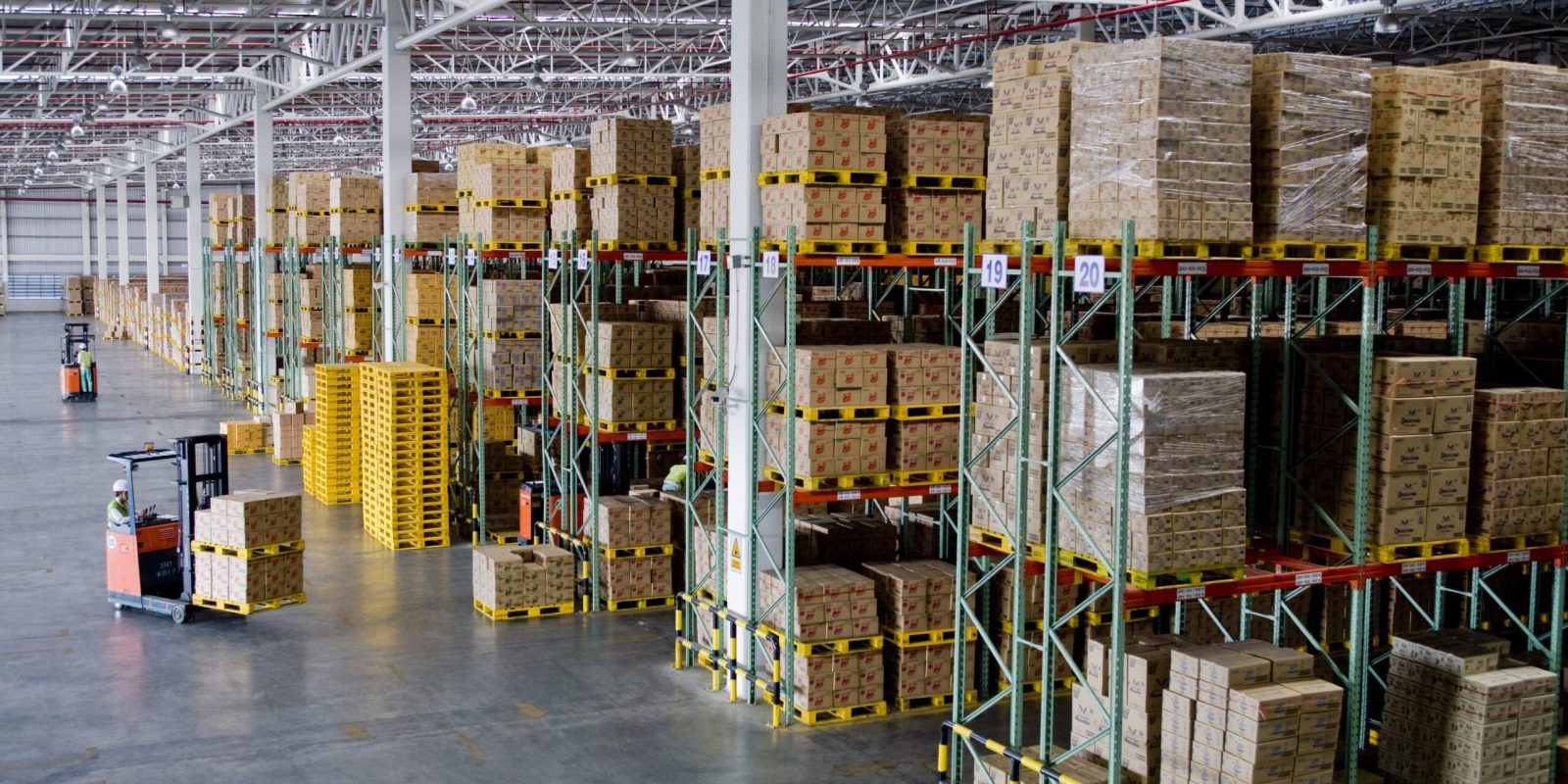Unemployment rates have fallen since their peak in July 2024, from 4.3 percent down to 4.1 percent. As competition for labor increases, it’s becoming increasingly important to minimize staff turnover. Recruiting is expensive, and learning how to motivate warehouse employees can help you increase your organization’s productivity while reducing staffing costs.
How can you reduce the costs associated with competition for labor? A key way to mitigate your risk is to focus on employee retention. It’s much more cost-effective in the long run to focus on motivating and retaining your current workforce. You can increase employee retention by using incentives and incentive-based pay.
What are Warehouse Incentive Programs?
Warehouse incentive programs are a tool employers can use to reward employees for positive behaviors or good performance. These programs can help improve employee performance and staff retention.
When employees feel recognized and rewarded for the job they’re doing, they’re more likely to stay in that job for a long time and look at promotion opportunities within the organization as an option for career progression. This helps reduce the cost of finding, hiring and onboarding external employees to replace outgoing ones.
Benefits of Incentive Pay Programs
Incentive-based pay has proven to be a popular option for optimizing warehouse productivity and retention by as much as 15-30 percent. Other incentive program benefits include:
- Increased job satisfaction
- Improved employee morale
- Increased productivity
- Reduced employee turnover
- A healthier bottom line
Types of Incentive-based Pay
Individual incentives have been found to be the most effective type of award in a distribution environment, as the employees control their own performance levels and potential reward. Team and reflective incentives should be considered when individual performance cannot be measured. Reflective incentives reward one group for their contributions toward the performance of another group.
The three types of incentive programs are monetary incentives, time off and awards. A monetary incentive could be a bonus based on production targets or something more scalable, such as a profit-sharing initiative.

Increase ROI Through Successful Warehouse Slotting
A well-thought-out slotting strategy also enables businesses to minimize wasted space and maximize storage capacity within the warehouse. Increase ROI using the right tools, strategy and management plan with successful warehouse slotting.
Implementing Your Warehouse Incentive Program
With those categories in mind, follow these steps to implement a successful warehouse incentive program.
Step 1: Understand the Need for Incentives
When implementing an effective incentive plan, the first step is to answer the basic questions of “Who, What, When, Where, Why and How.” Understanding the responses to these questions will help align the behaviors you wish to reward as you develop the actual incentive program details.
Step 2: Involve Your Employees
Your incentive plan is much more likely to have its desired effect if it’s designed with input from the employees who will benefit from it. The three most common incentive types are additional pay, paid time off and rewards. Employee surveys can help identify which type of incentive will encourage the highest performance level.
Step 3: Simple Is Best
When developing the framework for an incentive plan, employ the “KISS” principle (Keep it Simple) to ensure employees properly understand the program. A simple program will increase participation and help people take full advantage of the program. Employees want to be able to calculate what they’ve earned. Overly complex plans may cause confusion and frustration, reducing overall participation.
Step 4: Include All Employees
Avoid segmenting out certain employee workgroups when developing the incentive plan. Incentive plans that focus on a small subset of the overall employee staff will lead to jealousy and resentment within the organization. Be creative with individual and team incentives and be sure to consider supervisors and general employees.
Step 5: Use Work Methods and Labor Standards
Like every house needs a solid foundation, an incentive plan needs a solid foundation based on preferred work methods and engineered labor standards. Establish an employee observation program to ensure each employee is reviewed frequently and confirm they understand how they’re being measured and what they need to do to succeed. Multivariable or discrete labor standards are recommended over single variable labor standards, such as lines or units per hour.
Measuring Success
Once you’ve implemented an employee incentive plan, you’ll want to measure its results. Define some KPIs and track them before and after starting the incentive plan. Some measures to consider include efficiency/productivity, employee turnover and your expenditure on hiring/training costs.
enVista’s Here to Help
enVista’s experienced consultants can help you improve employee retention within your organization by arming you with the tools required to track labor-related metrics and get actionable insight from that data. To learn more about how Labor Management Systems (LMS) can help you with your employee management, book an appointment with one of our experts.
LMS Advanced Functionality
To learn more about how a Labor Management System can improve your operational performance, download our in-depth white paper today.






